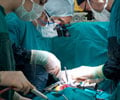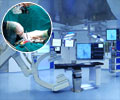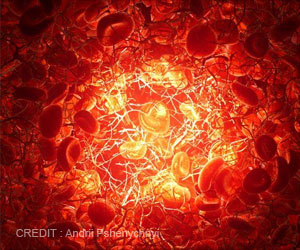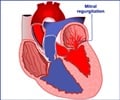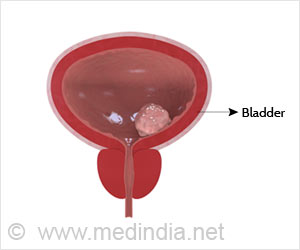Self-adjusting exposure aids in robotic-assisted cardiac surgery improve accuracy, reduce surgery time, and promote faster recovery with minimal tissue trauma.
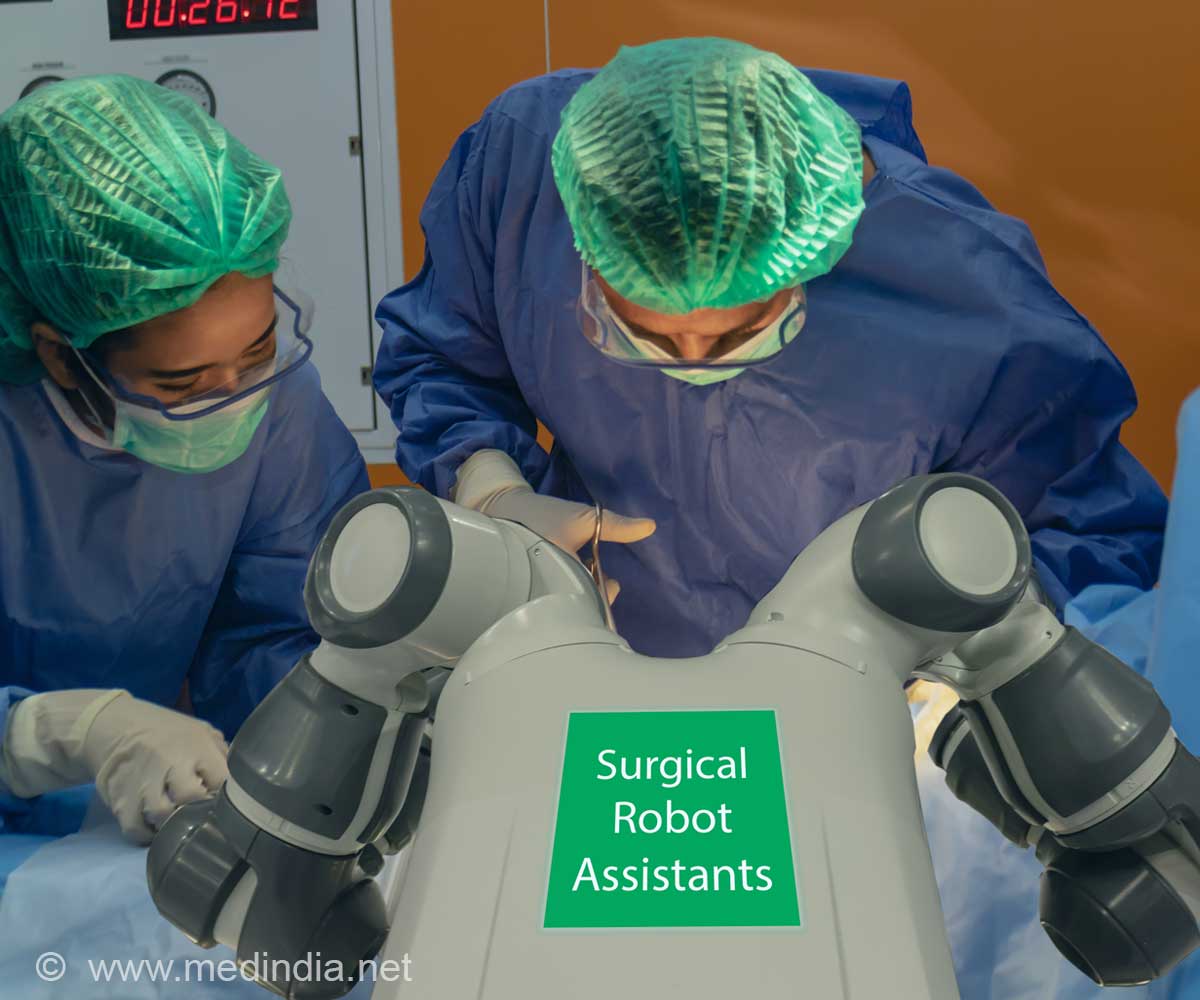
- Robotic-assisted surgery has gained traction over the years due to its benefits
- It requires smaller incisions and gaining visibility was a challenge
- Polyether ether ketone plate with self-adjusting property can be used to minimize tissue damage and gain visibility
Self-Adjusting Atrial and Subvalvular Exposure System for Robotic Surgery
Go to source). Robotic surgery requires smaller incision than traditional open-heart surgery which facilitates faster recovery and less scarring. Limitation of this procedure is minimal access to the complex regions of the heart like atrium and subvalvular regions.
From reduced scarring to shorter recovery times, self-adjusting exposure aids improve patient outcomes in #robotic-assisted #heart_surgery. #exposureaids #medindia’
Self-Adjusting Exposure Aid
- The surgical field expanding plate is made up of polyether ether ketone.
- A plastic used in medical implants and the aerospace industry.
- It is 0.4 millimeters thick with varying widths and lengths based on the requirement.
- The flexible yet rigid device is simple to use.
- It can be reused.
- When polyether ether ketone plate is made into a circular shape it expands to a certain size and retains the shape, securing the surgical field.
Benefits of Using Self-adjusting Exposure Aid
- It helps the surgeon perform complex surgery with great accuracy.
- The self-adjusting character decreases the need for manual retraction and allows the surgeon to focus on surgery reducing the time of procedure.
- Minimal tissue management reduces trauma promoting faster recovery and less complication.
- It reduces the surgeon's physical strain, improves their comfort and reduces fatigue during lengthy procedures.
Reference:
- Self-Adjusting Atrial and Subvalvular Exposure System for Robotic Surgery - (https://journals.sagepub.com/doi/10.1177/15569845241287769)
Source-Medindia

